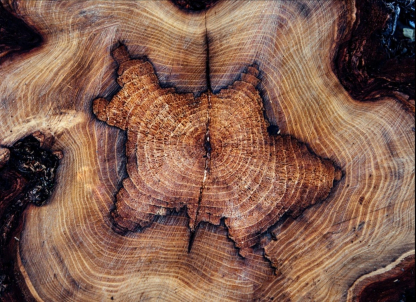Supernovas are among the most violent events in the known universe, possessing frightening amounts of power leaving marks back here on Earth in an unlikely location.

Research led by the University of Colorado Boulder has found evidence that energy from these massive explosions, which can release as much energy as the Sun’s entire life in a few months, has left traces in our planet’s biology and geology.
Using tree ring data, the team searched for distinctive fingerprints of these explosions which occur thousands of light-years from Earth. From these findings it has been determined that at least four supernovas could have been the triggers for four periods of climate-change on Earth in the past 40,000 years.

Tree rings can offer information on weather patterns, the age of a tree, and now a glimpse into the past. The presence of a rare radioactive isotope of carbon has opened a door to ancient supernova events
Although a nearby supernova would destroy life on Earth, even those far away send dangerous amounts of radiation our way which damages the planet’s ozone layer.
How did the team link four events to Earth’s climate? One particular atom called carbon-14. This atom is extremely rare on Earth and forms only when cosmic rays hit our atmosphere. Since trees absorb carbon from the atmosphere, analysing its concentration inside tree rings has uncovered distinct events.
This finding lends credibility to a theory suggesting an ancient supernova prompted the mass extinction event which ended the Devonian Period 359 million years ago.





Make A Comment
Comments (0)